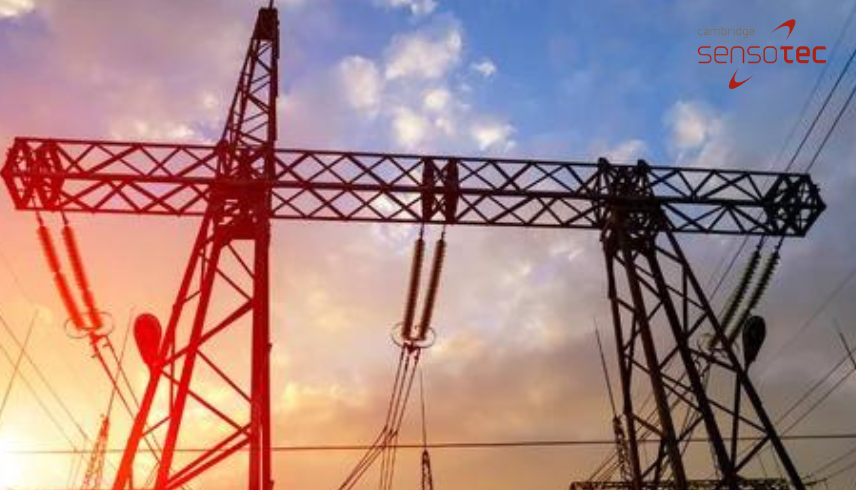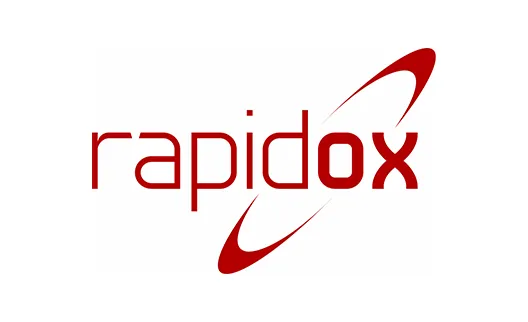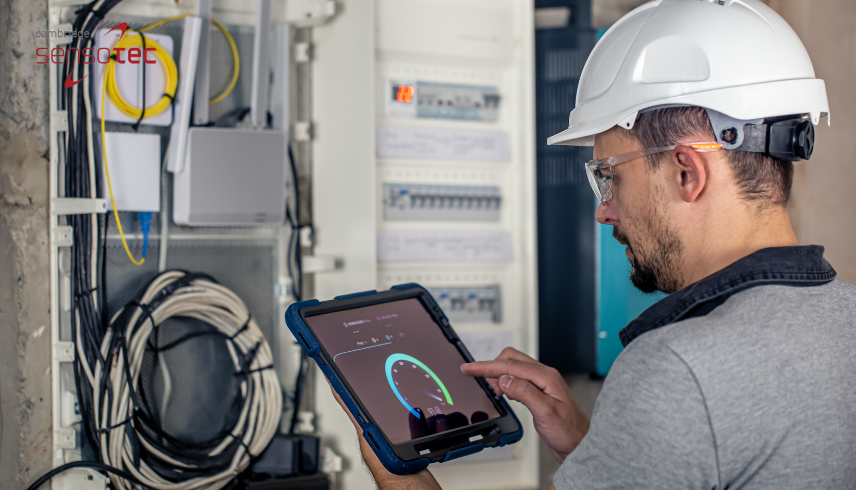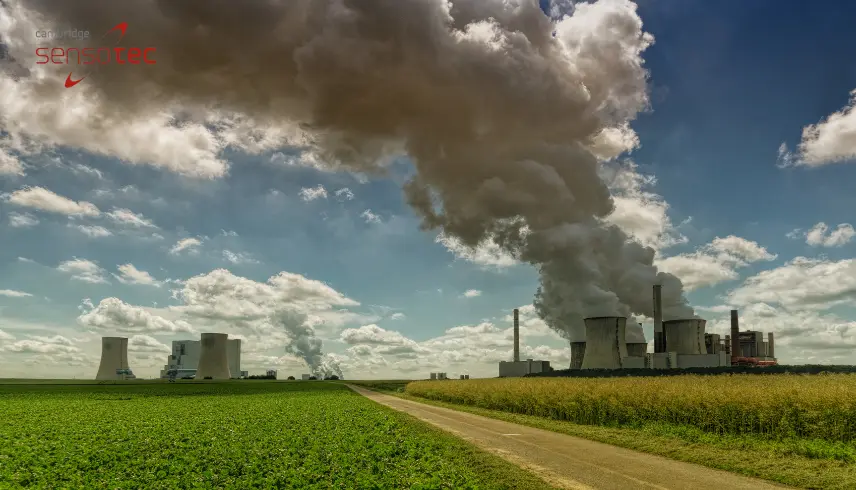

Decomposition of SF6 in High Voltage Electrical Switchgear
Introduction
In the world of electrical engineering, high voltage electrical switchgear is essential in managing and controlling electrical power systems. A key component of these systems is sulfur hexafluoride (SF6), a gas celebrated for its exceptional insulating and arc-quenching properties. However, in high voltage environments, the decomposition of SF6 presents significant challenges and implications, affecting both the efficiency and the safety of power systems. This comprehensive exploration delves into the nuances of SF6 decomposition, examining its impact and exploring contemporary solutions to mitigate its effects.
What is SF6 and its Role in High Voltage Electrical Switchgear?
Sulfur hexafluoride (SF6) is a colourless, odorless, non-toxic, and non-flammable gas, extensively utilised in high voltage electrical switchgear. Its remarkable insulating properties allow for significant reduction in the physical footprint of switchgear. SF6’s ability to efficiently control high voltage circuits makes it indispensable in preventing electrical faults and minimising equipment damage, ensuring uninterrupted power supply and system reliability. Its role is not only pivotal in ensuring operational efficiency but also in enhancing the safety standards of electrical power systems.
The Science Behind SF6 Decomposition
The decomposition of SF6 within switchgear primarily occurs due to electrical discharges. These discharges can be spurred by high voltage stress, the presence of impurities, and fluctuating operational conditions. When partial discharges occur, they instigate the breakdown of SF6 molecules, leading to the formation of various sulfur and fluorine compounds. These decomposition products can be detrimental to both the switchgear equipment and the environment, making their management a critical aspect of electrical system maintenance.
Implications of SF6 Decomposition in High Voltage Electrical Switchgear
The decomposition of SF6 results in by-products that can cause corrosion of switchgear components, thereby impairing their functionality and longevity. Moreover, these by-products, due to their chemical nature, can be harmful to the environment, contributing significantly to greenhouse gas emissions. The understanding and effective management of SF6 decomposition are therefore imperative for maintaining the integrity of electrical equipment and for the protection of the environment.
Modern Solutions and Innovations
Technological advancements have led to the development of sophisticated monitoring systems capable of detecting SF6 decomposition in high voltage switchgear. Pioneers like Cambridge Sensotec have introduced state-of-the-art solutions to monitor the purity and decomposition levels of SF6. These systems play a crucial role in ensuring the longevity and safety of electrical equipment. Innovative SF6 monitoring solutions are key to proactive maintenance and are instrumental in preventing system failures.
Sustainable Practices and SF6 Alternatives
With growing environmental concerns, the electrical industry is actively seeking alternatives to SF6 and adopting sustainable practices. Development efforts are focusing on gases with lower global warming potential and the design of eco-friendly switchgear. SF6 are leading the way in providing information and services related to SF6 and its sustainable alternatives, helping the industry transition towards more environmentally responsible solutions.
Conclusion
The decomposition of SF6 in high voltage electrical switchgear is a complex issue that requires careful consideration and management. Through advanced monitoring systems, sustainable practices, and continuous research, the industry is evolving to address the challenges posed by SF6 decomposition. It’s vital for professionals in the field to stay informed and adopt solutions that safeguard equipment and the environment.
For expert solutions and more information on managing SF6 in high voltage electrical switchgear, visit Cambridge Sensotec and SF6. Stay ahead in the field with cutting-edge technology and sustainable practices.


